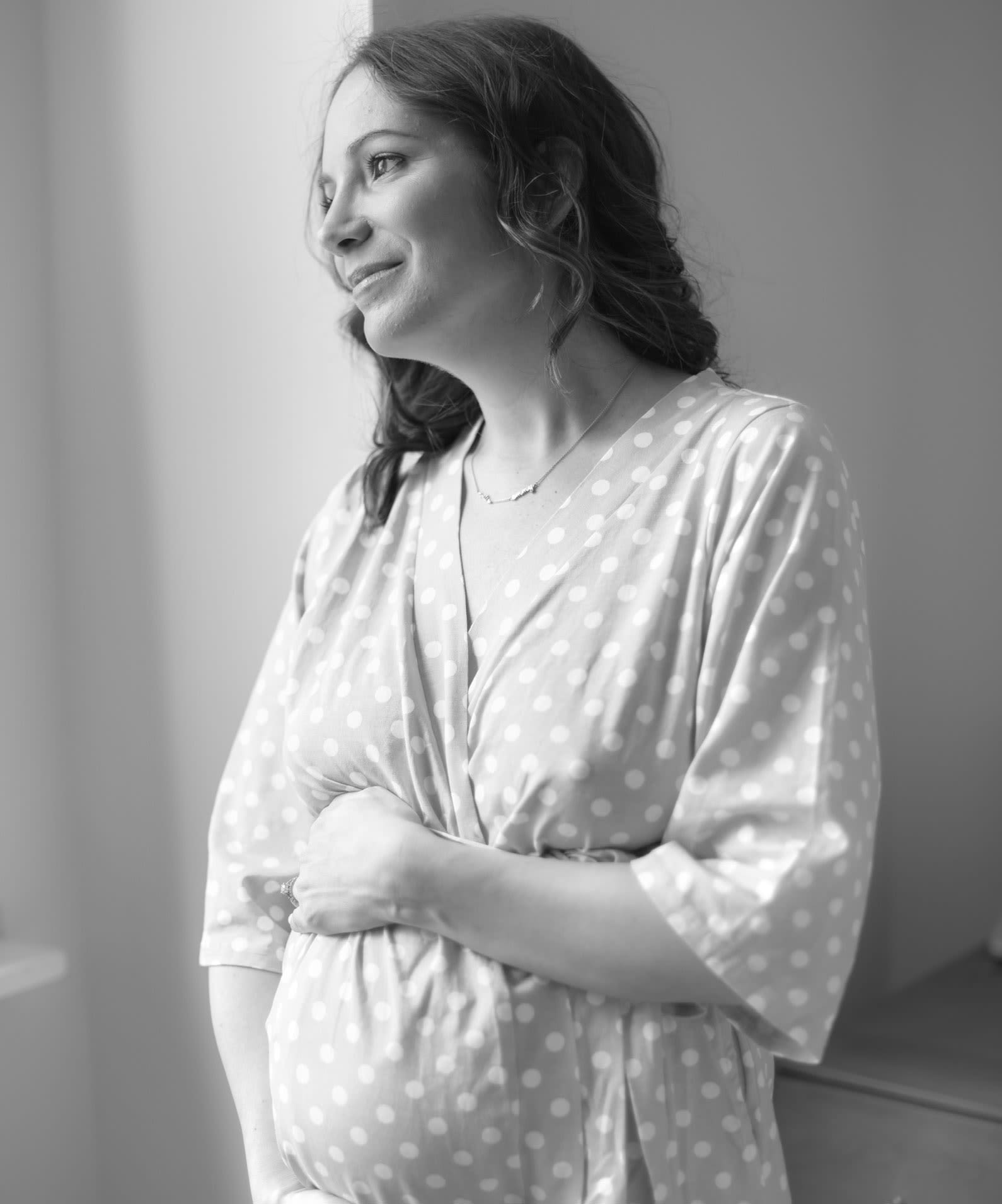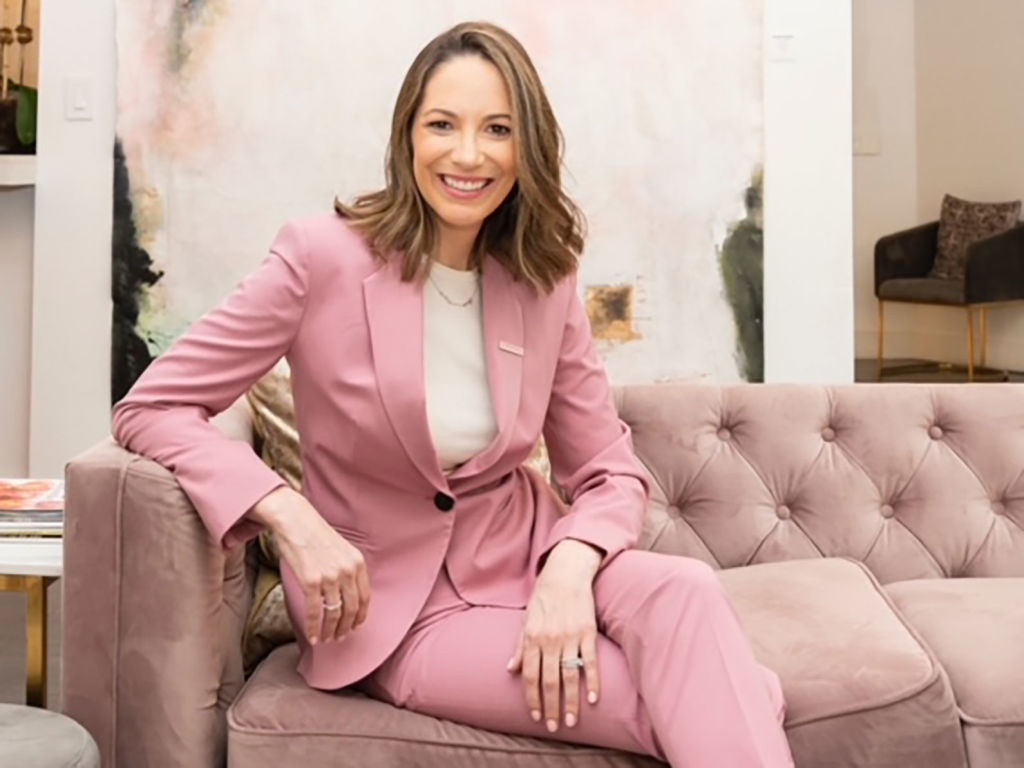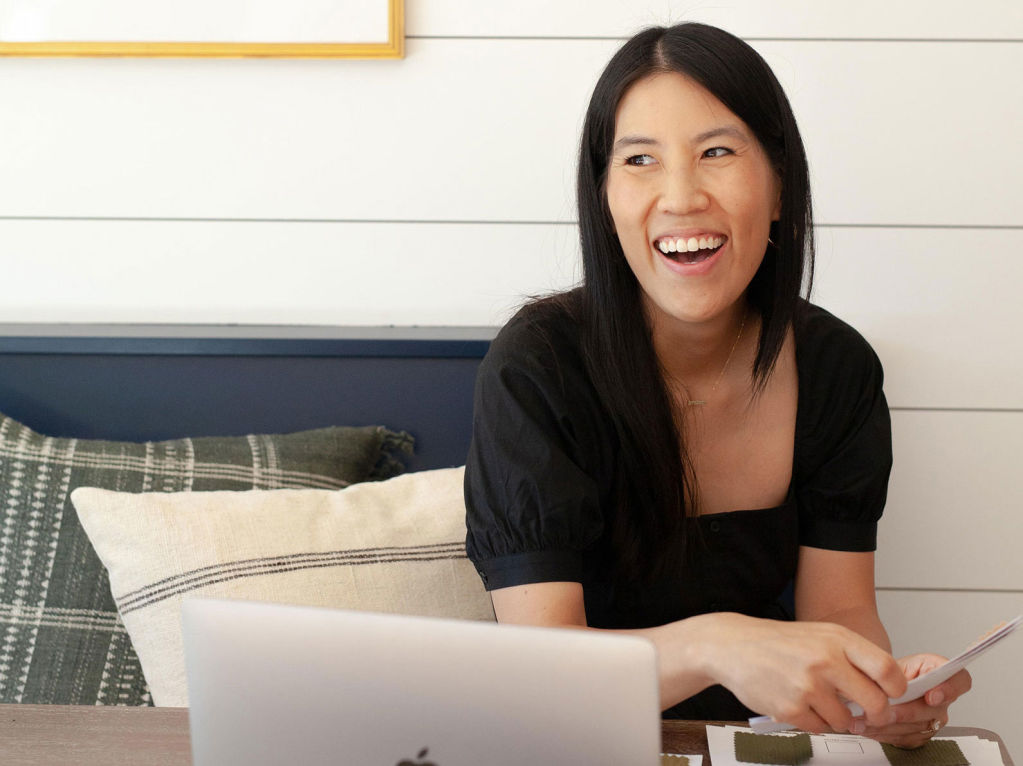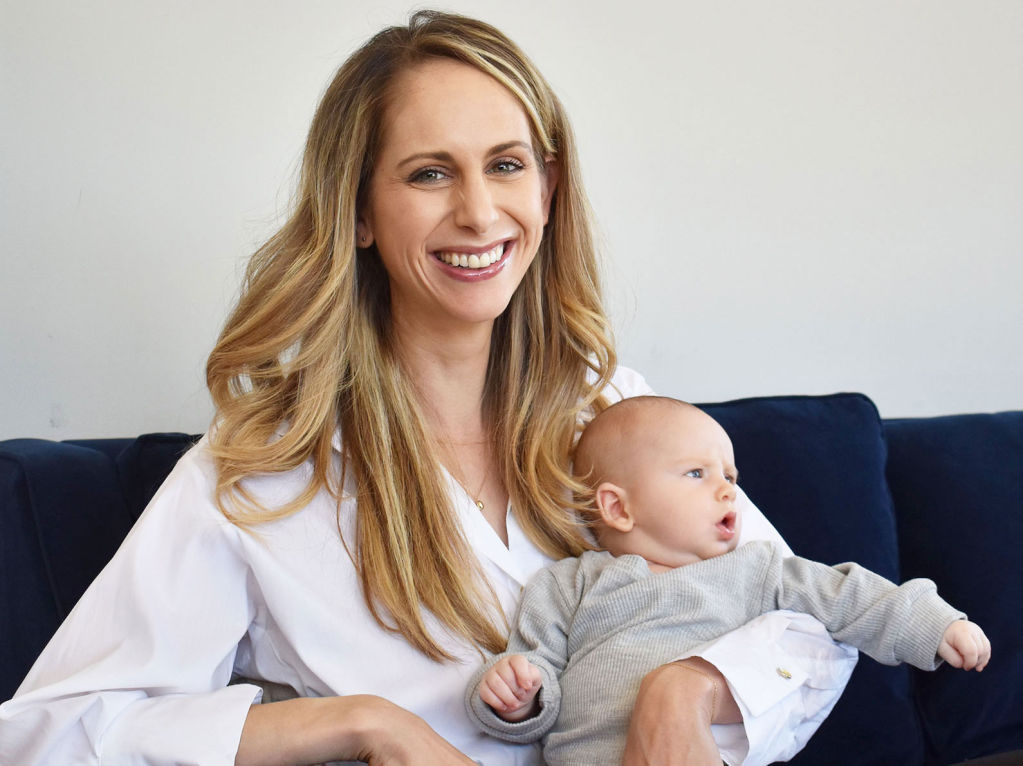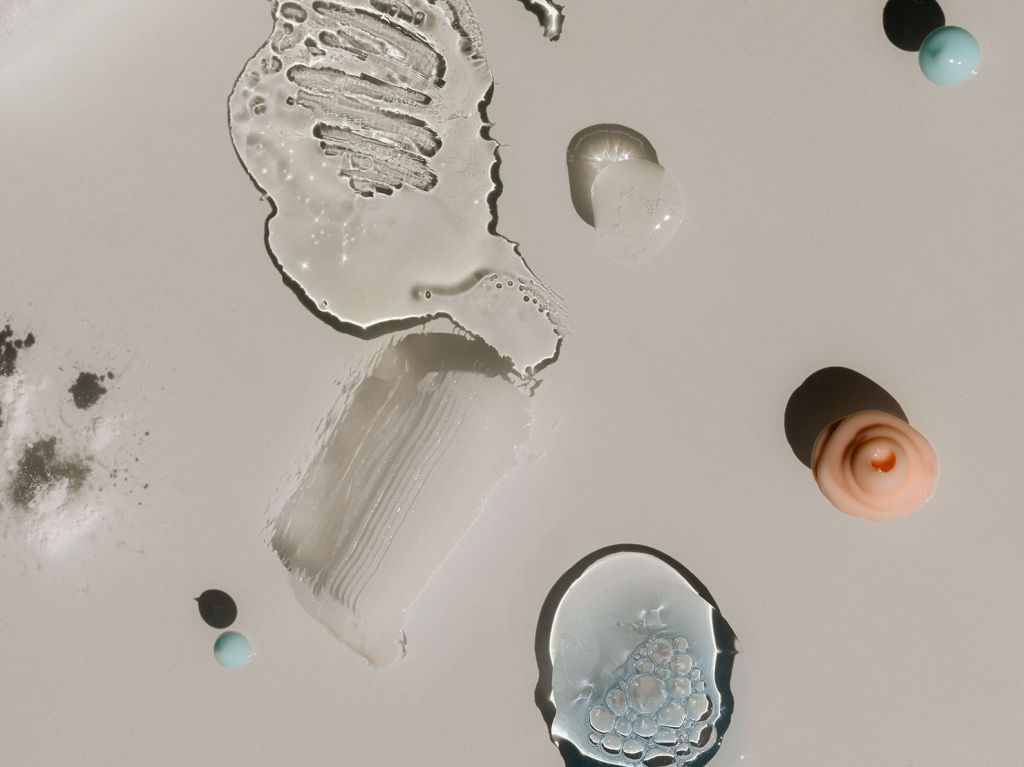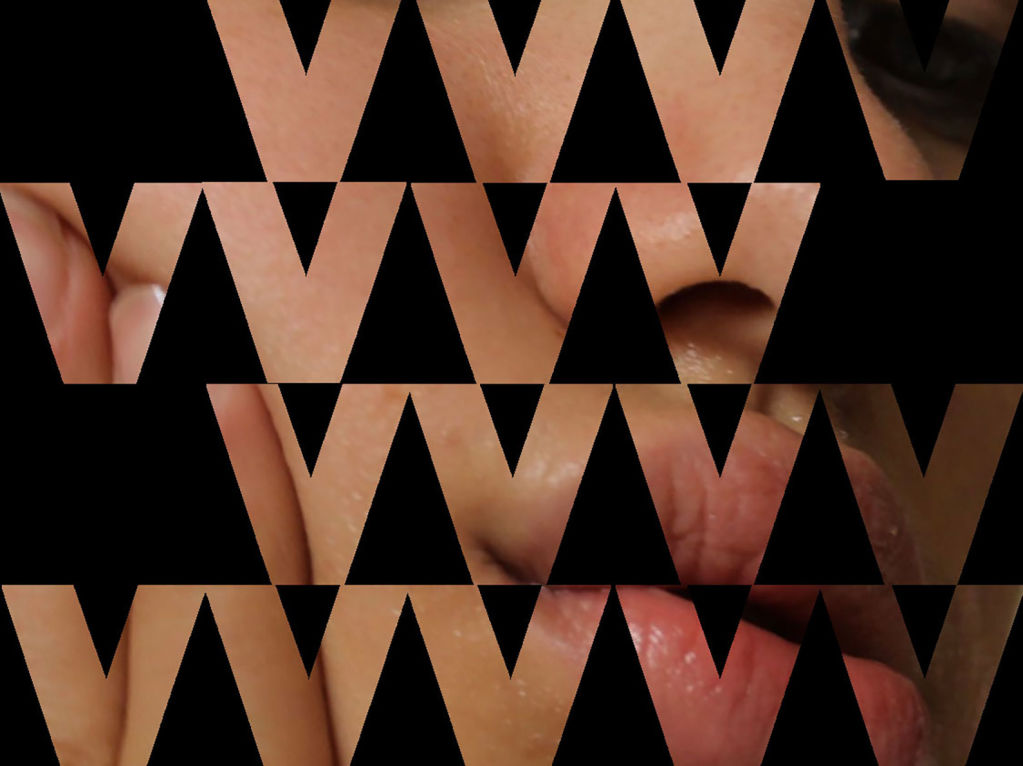Stephanie Cartin is the co-founder of the digital agency Socialfly, co-host of the Entreprenista podcast and co-founder of Markid. After a harrowing experience during her first pregnancy, she has also become an advocate for pregnant women as a board member of Columbia’s Neonatal Comfort Care Program.
I always knew I wanted to be a mom, but one of my biggest fears in life was that I wouldn’t be able to get pregnant. That fear seemed unfounded until it became a reality when my husband and I started trying to have a baby.
I was diagnosed with Multiple Sclerosis (MS) when I was 27. After doing additional genetic testing when we were ready and learning that I was a permutation carrier of Fragile X, we were referred to a reproductive endocrinologist who encouraged us to jump right into IVF. But the medications for IVF can cause complications with MS, so I insisted we try to get pregnant on our own first.
We spent about a year trying without any real support. I was tracking my cycle, taking my temperature, and reading what I could online, but nothing happened. I felt like I had wasted an entire year. We went back to our reproductive endocrinologist, who sent me for an hysterosalpingogram (HSG) test that is a type of x-ray of the uterus. He gave me no warning about what the procedure would be like, and it was by far one of the most painful experiences I’ve ever had in my life. Afterwards, I wound up getting really sick from an infection.
Looking back at this time, I felt like I was on autopilot — listening to my doctor without trusting my instincts. The entire time I was going through this, something didn’t feel right, and I knew that this wasn’t the doctor for us, but I ignored my gut reaction. I was just so desperate to have a family that I kept telling myself “the doctors know best.”
At that point, I started sharing my infertility journey on social media, and my connections there quickly became the supportive community I relied on. Because I felt like I wasn’t getting the answers I needed from my doctors, I took my health into my own hands and became a detective investigating my medical case. Through the social media community I cultivated, I not only found a doctor who specializes in auto-immune issues in women trying to get pregnant, but I also found the answers I needed to treat the conditions I had, including endometriosis, silent endometriosis, MTHFR mutation, and more. After extensive testing, I was finally put on the proper protocol.
On October 24, 2018, we did our first embryo transfer. Just four days later, I had a feeling I was pregnant. Not only that, but I sensed the embryo had split. One blazing positive pregnancy test later, I sat in my reproductive endocrinologist’s office watching the technician perform a scan. I thought to myself, there are two of them. Our doctor confirmed it: we were pregnant with twins.
The next day, in an important business meeting, I started gushing blood and feared I was miscarrying. None of my doctors had warned me that bleeding is common after IVF. I ran out of the meeting, right into a blizzard, calling my husband while I tried to hail a cab. It was like a scene out of a movie — the worst movie, ever. I finally got to my doctor and found out I had a hematoma, which was causing the bleeding. Two weeks later, I had another one. It wasn’t until weeks eleven to fourteen that I finally had no bleeding. Looking back, it was the only time during my entire pregnancy when I felt like I could actually breathe.
